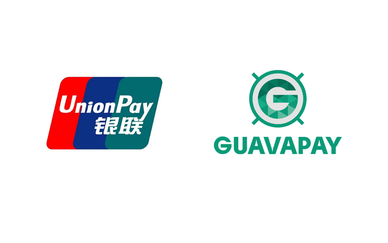Rapid digitalization and development of data-based services give a fruitful sole for the evolvement of new disruptive flexible financial solutions that revolutionize the financial landscape.
API and data stand at the core of these changes, bringing new banking business technology models, such as Banking as a Service (BAAS). Banking-as-a-Service enables an end-to-end integrated banking experience for customers outside traditional banking, and unlocks the real value of data opportunities and enables better transparency.
BaaS and Open Banking: Main differences
BaaS is often compared to open banking as both services use API to enable communication between the customers and banks. Generally, open baking sits at the heart of BaaS evolvement paving way for BaaS to readily take its place in the fintech services landscape. Open Banking also presents a framework that shows how BaaS can flexibly handle data.
BaaS uses APIs and data to access functionality, allowing third party organizations to draw off of the existing banking services through APIs that communicate between banks and third parties and enabling account holders by opening their application programming interfaces (APIs) for third parties to develop new services.
Open banking uses API to access customer data. Banks open their systems and provide third parties to access their data to enhance their own services in real-time.
In other words, BaaS enables businesses and TPP to access full banking services through their platforms whereas open banking provides access to data and data regulation rules.
According to Finastra research, 85% of respondents at global financial institutions are sure that BaaS will impact financial services next year while 40% believe the impact will be significant. 81% of global respondents see it as a means to grow business, enhance their distribution channels, shorten time to market, and streamline operations.
The world is inclined towards adopting open banking standards since the demand for data sharing is growing at a remarkable rate. BaaS fulfills this demand for benefiting from data sharing and accessing the functionality.
Future Market Insights forecasts that the global BaaS platform market is predicted to expand at 15.7% CAGR between 2021 and 2031.
BaaS platforms are stimulating the development of collaboration between fintech and leading financial institutions. The cutting-edge technologies offered by fintech will enable market leaders to enrich their services propositions and improve customer acquiring rates.
Benefits of BaaS:
- BaaS improves streamline business payments and optimizes payments management. BaaS enables third-party companies to leverage business processes by incorporating banking services into their own platforms, thus streamlining various business and payment operations at lower operating costs. The companies have the opportunity to boost the products they sell with attractive incentives such as rewards, points, and bonuses to attain the customer and boost the revenue. The utilization of BaaS services enables more accurate analytics since one can track down the customer preference and align the business accordingly.
- BaaS provides incumbents with a simplified technology model. In the world of fast modernization, the rise of challenger and neo banks leave incumbents in a difficult position of struggling for their own spot on the digitalization market. To stand in the competition, incumbents have to modernize their technology, although it demands significant financial investments. However, collaboration with fintech provides incumbents with extensive capabilities both in technology and regulation, reducing costs on digitalization and modernization.
- BaaS expands customer reach and boosts the market for all participants. End-users of BaaS services have the opportunity to boost the customer reach by offering a more comprehensive set of services. Diverse industries such as the clothing and food industry refer to BaaS platforms to contribute to the best customer experience. BaaS providers are enabled to provide a superior service to their customers since a higher level of technology and innovations empower them to embed their products on a wider range of products and thus expanding the range of propositions.
BaaS drives innovation and leverages the power of API and cloud technology to enable the incorporation of banking services into the products and ecosystems, rapidly changing demand for more agile services prompts payment service providers to embrace new technologies to stay afloat.
 Sign in
Sign in



